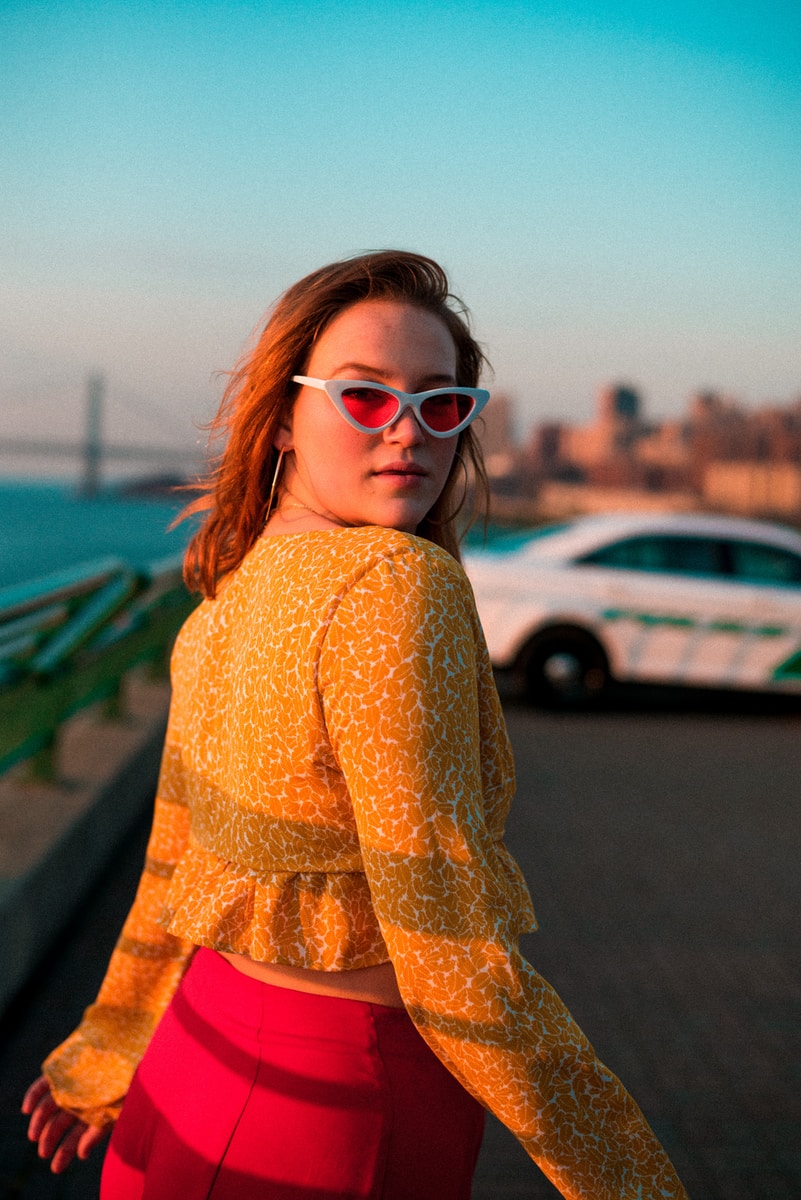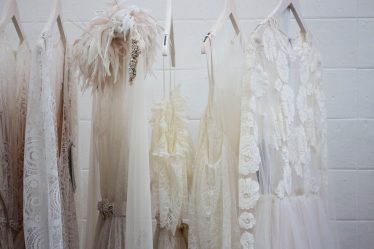
Post-pandemic, consumers’ style choices and behaviour have drastically changed. They are more dependent on technology and willing to embrace digital experiences.
The launch of Honor 50, the brand’s new smartphone, was celebrated by WGSN. The tech brand commissioned WGSN for an analysis of the fashion and technology trends. It found that consumers want products and experiences that add extravagance to their everyday lives.
According to WGSN, the report ‘Style, Smartphones and Self Expression’ reveals that consumers are shifting away from “neutral sensations” which comforted them during lockdowns. Instead, they embrace “unambiguous brights that feed into themes unapologetic exhilaration and extreme self-expression”.
Everyday Extravagance and Self-expression
Consumers want to change the way they live their lives. They are seeking out captivating moments that will inspire, enhance, and revive their optimism for the future.
This behavior shift is called “everyday excess”, with consumers choosing statement dressing to express themselves online and offline. They then use the hashtag #dressup on social media to “wow everyone”.
According to the report, self-expression content is on the rise. Smartphones play a key role in allowing people to express themselves and their values. As everyone has the ability to create and share their stories with the world, viewers and creators are adopting a “no filter” approach to expressing their emotions. This is thanks to advances in smartphone camera technology.
Monograms are in high demand
According to WGSN, monogram looks are gaining popularity in fashion due to a renewed and unapologetic approach towards style. Consumers are embracing bold statement looks and new ways to express themselves.
Adrien Mollet is the lead consultant at WGSN. He explains that “Dating back in 2018, a few major fashion houses, including Dior, Fendi, relaunched the iconic monogram as a response to the “logomania” trend which took control of the industry.
We are now witnessing a new era in monogram fashion with the introduction cross-brand collaborations such as Versace and Fendi’s logo-layering or Gucci. These brands partnered with The North Face (a highly talked partnership featuring the brands’ well-recognized monograms) and Balenciaga (a highly discussed partnership). These brands have used monograms to elevate their image and logo, resulting in greater consumer engagement.
Monograms are a refreshing way to show premium status. They can be used as timeless, yet modern indicators. Small-scale repeats and subtle monogram prints in tonal colours can also help convey a modern look.
Fashion isn’t the only one who embraces monograms. Tech is getting in on it too. The Honor 50 smartphone comes with its own monogram colourway. It breaks down the five letters Honor to reconstruct them into a dynamic image sequence that conveys a vibrant and energetic visual effect.
Yuan Ze, Honor’s chief designer, commented on the use of a monogram. He said, “This eye-catching design for the smartphone market, inspired by the newest fashion trends, is a step back from the traditional blacks and more muted colors on offer from other smartphones brands.
Colours that lift the mood
WGSN says that the world will adjust to brighter days ahead. This will lead to a renewed sense for optimism among consumers. People will adopt colours that evoke hope and balance as they do so. This trend was evident on the autumn/winter 2021 catwalk, which saw a 55% increase in cool pastel colours year-on-year.
Sarah Housley from WGSN is head of consumer technology. She said: “Consumers are looking to rebalance, revitalise and feel more comfortable, so gentle colours, textures, and lighting effects will be more popular.”
Boom in post-pandemic jewellery
According to Euromonitor the jewellery market may have dropped 18 percent between 2019 and 2020, but demifine brands have experienced double-digit growth. According to WGSN data research on jewellery inspiration and content has increased by 8 per cent and has shown continuous year-on-year growth over 12 months.
The jewellery boom is a result of consumers’ desire to make their appearance more appealing on screen. Now jewellery is a “collectable” for both younger generations and designers-educated consumers who want to express their individuality through treasured heirlooms.
McKinsey and Business of Fashion also reported in their 2021 State of Fashion: Watches and Jewellery Report that the fine jewellery market will recover from the Covid-19 pandemic and continue to grow at 3-4 percent annually worldwide.
WGSN reports that tech devices are now status symbols and fashion, whether they’re statement jewellery or smartphones. The Honor 50 was inspired by the craftsmanship of traditional ring designs to create its camera mount, and this is in addition to the inspiration that jewellery has provided tech.
Ze explains that the Honor 50 main camera has the same timeless, classic metal ring at the edge. The symmetrical dual rings look like a pair of eyes and help users see better in everyday situations. However, the main camera’s appearance is just like a diamond band and is a symbol for eternity. This is the perfect combination of form and function.
Content creators are what consumers look for
Screens became the main way to communicate, learn, shop, work, and stay entertained after the pandemic. As a result, the digital and physical worlds have become more intertwined. Consumers are now more interested in creating digital assets to express their individuality and then consuming them, from unboxing to style videos.
WGSN says that tech-savvy consumers want peer review loyalty to find new products and trends via live streamed events hosted by hosts and communities made up of real people who are passionate users and not promoters. The new world of “e-teraction” will be the source of truth. Content creators will offer real-life perspectives and advice.
This has led both to a boom of live-streaming, and an increase in the creator economy. The TechCrunch App Annie Report estimates that in 2021 consumers will have spent 6.78 Billion US Dollars on social apps. It is projected that this figure will rise to 17.2 Billion US dollars per year by 2025.





